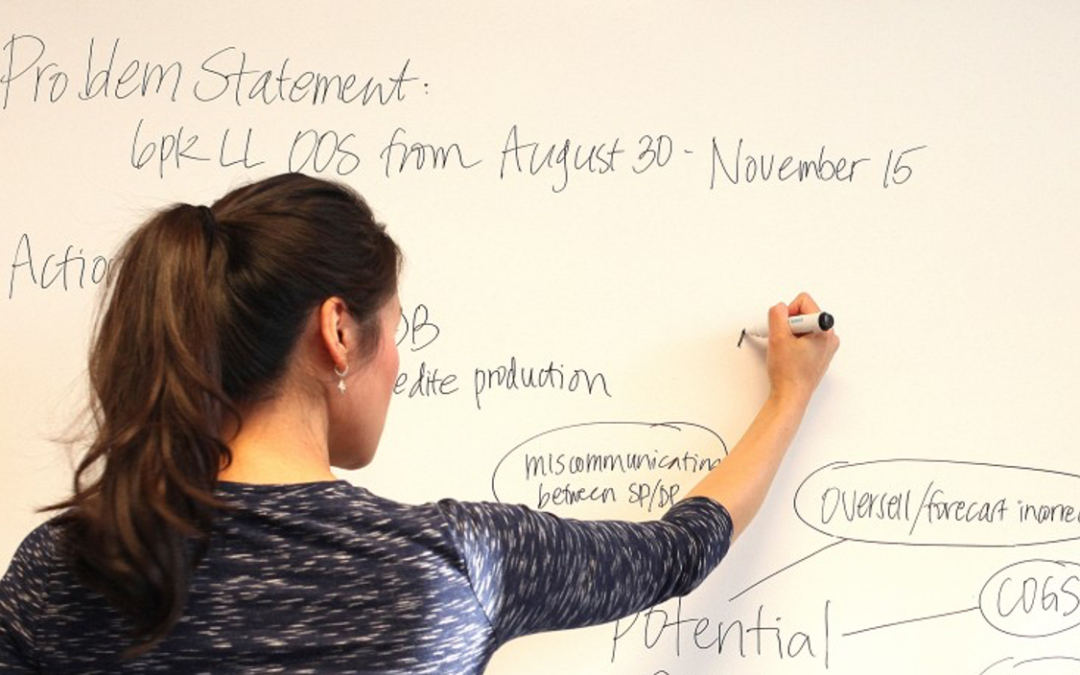×

LEARN MORE ABOUT THE WORKSHOP KIT
Enter your email below and we will keep you updated as more information is released about the kit.
I love the power of simple, universal techniques – even though I at times scoff at them because they seem to be too easy and sometimes too ‘general'.
James Clear has again found a simple and fabulous idea to help us all perform better. I have been using this technique for a while now and have found it so effective I thought I'd share it with you.
Again: don't be put off by the crazy simplicity … here's the story to explain …
By 1918, Charles M. Schwab was one of the richest men in the world.
Schwab was the president of the Bethlehem Steel Corporation, the largest shipbuilder and the second-largest steel producer in America at the time. The famous inventor Thomas Edison once referred to Schwab as the “master hustler.” He was constantly seeking an edge over the competition.
One day in 1918, in his quest to increase the efficiency of his team and discover better ways to get things done, Schwab arranged a meeting with a highly-respected productivity consultant named Ivy Lee.
Lee was a successful businessman in his own right and is widely remembered as a pioneer in the field of public relations. As the story goes, Schwab brought Lee into his office and said, “Show me a way to get more things done.”
“Give me 15 minutes with each of your executives,” Lee replied.
“How much will it cost me,” Schwab asked.
“Nothing,” Lee said. “Unless it works. After three months, you can send me a check for whatever you feel it’s worth to you.”
During his 15 minutes with each executive, Lee explained his simple method for achieving peak productivity.
>> Click here to read the simplest productivity strategy I have come across <<
Cheers,
Davina

I love what I do.
I help senior leaders and their teams prepare high-quality papers and presentations in a fraction of the time.
This involves 'nailing' the message that will quickly engage decision makers in the required outcome.
I leverage 25+ years' experience including
My approach helps anyone who needs to engage senior leaders and Boards.
Recent clients include 7Eleven, KPMG, Mercer, Meta, Woolworths.
Learn more at www.clarityfirstprogram.com
(*) Numbers are based on 2023 client benchmarking results.

There has been a lot of discussion lately around different thinking strategies we can employ when preparing our communication.
This topic has led to a slew of emails with people in the Clarity First community who have shared their experiences with me.
Some have discussed their experience with leaders who have excelled at getting the right balance between top-down thinking and bottom-up reality.
One person said to me they loved working with two well known CEOs who were able to think strategically while also being savvy enough to get on the shop floor to see if their ideas would really work from the bottom up.
They also shared experiences where they worked for someone else who did not have that balance right. Their ideas sounded terrific in theory, but were difficult to implement because they would not ‘roll their sleeves up' to understand what was needed to make them operational.
Getting this top-down, bottom-up balance right is part of the art of our work.
So, today I am taking this conversation further by interviewing Pete Mockaitis from Awesome at Your Job.
Pete has an impressive record, having recorded almost 600 podcasts, which have been downloaded more than 10 million podcast times over the past few years.
In this interview Pete shares thinking strategies that may help you in your problem solving work, in particular:
Click below to listen to this 38-minute interview.
Keywords: Pete Mockaitis, Awesome At Your Job, structured thinking, problem solving, top-down thinking, interview